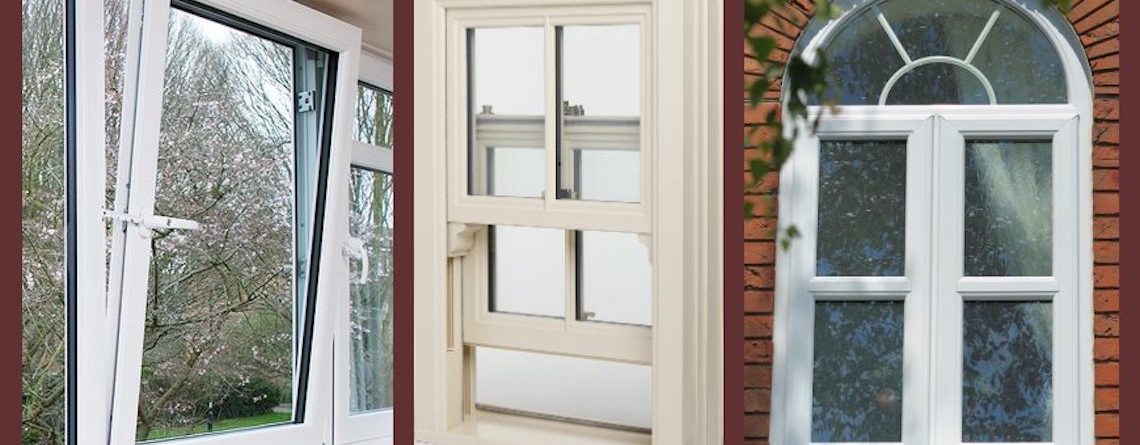A Window in the Door: More than Just a Pane of Glass
Initially look, a window in a door might seem like an easy architectural feature. It's just a piece of glass that allows light to filter through or offers a peek of what's on the opposite, right? However when you pause to consider it, this seemingly ordinary component carries substantial functional, aesthetic, and even symbolic weight. Whether it graces the doors of your home, office, or preferred café, a window in a door is much more than just a pane of glass-- it's a bridge between spaces.
1. Functionality: The Practical Role of Door Windows
The addition of a window to a door uses practical benefits that can boost both residential and industrial spaces:
Natural Light: One of the primary functions of a window in a door is to enable sunlight to pass through. In spaces with limited windows or enclosed locations like corridors or interior workplaces, this feature can brighten the space, reduce the reliance on artificial lighting, and create a more welcoming atmosphere.
Presence and Safety: A window in a door offers a clear line of sight for those on either side. This is specifically important in business and commercial settings, such as restaurants, factories, or schools, where people frequently move through doors. Visibility lowers the risk of accidents (e.g., somebody walking into a door or hitting somebody on the other side).
Ventilation and Energy Efficiency: When coupled with operable glass or modern innovations like double-glazing and low-E glass, door windows can contribute to better air circulation and energy performance in your house or work area.
Security: While breaking glass might look like an open invite to burglars, modern-day styles have actually resolved this issue. Reinforced glass, tempered glass, or styles with narrow panes can make the window resistant to break-in while still serving the purposes of visibility and light.
2. Visual Appeal: Enhancing the Visual Identity of a Space
From a style perspective, windows in doors can elevate visual appeal in many ways:
Style and Character: The style of the window frequently matches the architectural vibe of the property. A home with a rustic or farmhouse appearance may feature a door with frosted or stained glass, while a sleek, modern-day home might showcase a minimalist door with simple, clean lines.
Personalization: Door windows come in numerous sizes and shapes-- round, rectangle-shaped, oval, arched, or custom-made to match your preferences. read here gives homeowners and designers the capability to create doors with artistic style and individual touches.
Suppress Appeal: The entry door is often the centerpiece of a home's exterior, and a well-designed window within it can turn an otherwise normal door into a bold design statement. Frosted or etched glass, for example, can communicate elegance and elegance.
3. Meaning and Meaning: Beyond the Practical and Aesthetic
On a deeper level, a window in a door carries symbolic meanings that resonate throughout cultures and contexts:
Openness and Connection: A door with a window promotes a sense of connection between two discrete spaces. Whether it's between a home and its front yard or a workplace conference space and a corridor, the window can make these areas feel less isolated and more incorporated.
Openness: In workplaces, doors with windows symbolize openness and responsibility. A supervisor's office with a glass-panel door, for example, can indicate approachability, decreasing the hierarchical barrier that a solid closed door might produce.
A Threshold of Opportunity: Metaphorically speaking, a door with a window can represent a view into new chances. It uses a sneak peek into what lies ahead-- a fitting image for personal development and expedition.
4. Modern Trends: Innovations in Door Window Design
Advances in innovation and design are constantly reshaping how we think of door windows. Here are a couple of patterns to enjoy:
Smart Glass: With the arrival of wise technology, windows that can alter from transparent to opaque with the touch of a button are gaining popularity. These state-of-the-art choices use personal privacy as needed without compromising the benefits of natural light.

Energy Efficiency: Double- and triple-glazed door windows with sophisticated insulation are becoming requirement in energy-conscious homes. These not only keep your energy bills in check however likewise decrease ecological effect.
Decorative Enhancements: Patterns, etching, and colored glass inserts are ending up being more detailed, offering property owners unlimited possibilities to personalize their doors.
Safety Upgrades: Impact-resistant glass and shatter-proof films are significantly being incorporated into door windows, especially in areas vulnerable to storms or high-security needs.
5. Considerations for Choosing a Door with a Window
Before picking a door with an integrated window, there are a couple of aspects house owners and designers ought to keep in mind:
Personal privacy: While a window offers visibility and natural light, it can likewise compromise privacy. Frosted glass or tactically put window designs can reduce this issue.
Upkeep: Glass in doors will gather fingerprints, dirt, and smudges, especially in high-traffic locations. Deciding for materials that are simple to clean or have protective finishings can save time.
how you can help with the Environment: Choose a door window design that matches the surroundings. A door in a quiet, residential community might focus on looks, while one in an industrial structure might highlight sturdiness and security.
Conclusion: A Small Feature with Significant Impact
As basic as it may appear, a window in a door is a function that mixes practicality with appeal, safety with design, and connection with individuality. It's a pointer that the tiniest details in architecture can have the power to change not only our spaces but likewise the way we connect with them.
Whether you're peering through a glass panel to invite a guest or letting natural light filter into your home, a window in a door is much more than a style component-- it's a method to open ourselves to the world, one pane of glass at a time.
